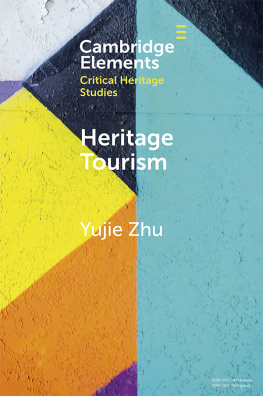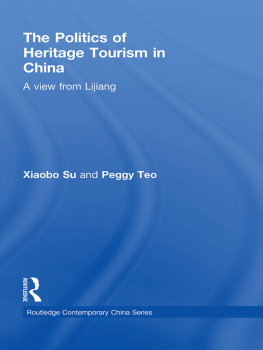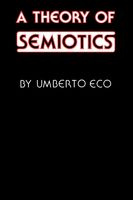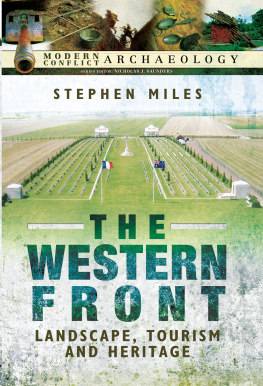TOURISM AND CULTURAL CHANGE
Series Editors: Professor Mike Robinson, Ironbridge International Institute for Cultural Heritage, University of Birmingham, UK and Dr Alison Phipps, University of Glasgow, Scotland, UK
TCC is a series of books that explores the complex and ever-changing relationship between tourism and culture(s). The series focuses on the ways that places, peoples, pasts, and ways of life are increasingly shaped/transformed/created/packaged for touristic purposes. The series examines the ways tourism utilises/makes and re-makes cultural capital in its various guises (visual and performing arts, crafts, festivals, built heritage, cuisine, etc.) and the multifarious political, economic, social and ethical issues that are raised as a consequence.
Understanding tourisms relationships with culture(s) and vice versa, is of ever-increasing significance in a globalising world. This series will critically examine the dynamic inter-relationships between tourism and culture(s). Theoretical explorations, research-informed analyses, and detailed historical reviews from a variety of disciplinary perspectives are invited to consider such relationships.
Full details of all the books in this series and of all our other publications can be found on http://www.channelviewpublications.com, or by writing to Channel View Publications, St Nicholas House, 3134 High Street, Bristol BS1 2AW, UK.
Library of Congress Cataloging in Publication Data
Waterton, Emma.
The Semiotics of Heritage Tourism/Emma Waterton and Steve Watson.
Tourism and Cultural Change: 35
Includes bibliographical references and index.
1. Heritage tourism. 2. CultureSemiotic models. I. Title.
G156.5.H47W37 2014
306.4'819014dc23 2013034219
British Library Cataloguing in Publication Data
A catalogue entry for this book is available from the British Library.
ISBN-13: 978-1-84541-421-4 (hbk)
ISBN-13: 978-1-84541-420-7 (pbk)
Channel View Publications
UK: St Nicholas House, 3134 High Street, Bristol BS1 2AW, UK.
USA: UTP, 2250 Military Road, Tonawanda, NY 14150, USA.
Canada: UTP, 5201 Dufferin Street, North York, Ontario M3H 5T8, Canada.
Copyright 2014 Emma Waterton and Steve Watson.
All rights reserved. No part of this work may be reproduced in any form or by any means without permission in writing from the publisher.
The policy of Multilingual Matters/Channel View Publications is to use papers that are natural, renewable and recyclable products, made from wood grown in sustainable forests. In the manufacturing process of our books, and to further support our policy, preference is given to printers that have FSC and PEFC Chain of Custody certification. The FSC and/or PEFC logos will appear on those books where full certification has been granted to the printer concerned.
Typeset by Techset Composition India (P) Ltd., Bangalore and Chennai, India.
Printed and bound in Great Britain by Short Run Press Ltd.
Acknowledgements
Any book is a complex undertaking and something of a journey. We can just about remember where and how we started this, but we do remember clearly all the people that helped us along the way, especially when the direction seemed unclear or the pace began to flag a little. We acknowledge, with gratitude, the generous help and guidance of Sarah Williams, our commissioning editor at Channel View, whose patience in the latter stages was a source of much relief. Once we were underway our families, friends and colleagues provided that very special kind of encouragement and moral support that only comes from those who understand: Robyn Bushell and Russell Staiff at the University of Western Sydney, Glyn Littlewood at York St John University and Rosa Gonzalez at the University of Seville. Our particular thanks go to Christine Mortimer at York St John for wrestling so heroically with the first draft and to Duncan Light who, with patience and immense generosity with his time, effort and scholarship, gently questioned and challenged our often uncertain thoughts. To all of them a monumental thank you and we hope the book repays their support. Its shortcomings, however, are ours and ours alone.
1 An Introduction
As researchers interested in heritage we are no strangers to travel. Indeed, we have had the good fortune of visiting quite a number of heritage tourism sites, both the iconic and those less so. To some we arrived already prepared and informed, well-thumbed guidebooks clutched in our hands and firm plans drafted to capture the multiple experiences we have heard about elsewhere. At others, we shuffled onto the scene far less certain, with only the slightest inkling of what we might encounter and feeling in those moments a nervousness fear almost of the unknown. There have been, too, occasions that have erupted as curious mixtures of the two, in which our informed expectations were exceeded or disrupted by atmospheres that modulate our behaviour in ways we could never have anticipated. Visiting the city of Derry in Northern Ireland is a good case in point, for this is a city with a serious reputation. Even if one were to turn up there without the tourists requisite and dog-eared copy of the Lonely Planet Guide, there is a chance its reputation would precede it, if only through the U2 song, Sunday Bloody Sunday, released in 1983. We might know, for example, something about The Troubles; perhaps, too, we may recollect something about the Apprentice Boys or the Battle of Bogside. Certainly, we might expect to see depictions of the citys history etched onto its everyday landscape, with urban murals spatially articulating a reminder of the politics, violence and bloodshed. We could easily anticipate such physical traces and historical disclosures, and in so doing encounter a city that looks very much how we always imagined it to be.
But our bodies are never really detached from what we are visiting: our skin, ears, nose, fingertips, feet, stomach and heart register things, too. Yet sometimes this capacity for a place like Derry to affect, to get inside us bodily, can come as a surprise. While we anticipate the history, we may be less expecting of the sense of haunting that accompanies difficult pasts. We may never, until that moment, have paused to really consider the way traumatic memories can hang in the air or colour a space, shadowing landscapes in ways that toy with our own moods. We might not previously have thought about how such moods, and the moods of others, are contagious, stirring up feelings of anxiety and discomfort, relentlessly. Perhaps the sky is overcast on the day of a visit, provoking only muted conversation and a solemnity that works to further intensify the moment. Nonetheless, standing among the citys buildings, in the midst of its streetscapes, surfaces and a medley of murals, we often find ourselves opening up to an atmosphere that is charged with emotion that links us directly with the history and politics of the place: dissonance, conflict, violence and the potentialities of a new found peace. Here, again, it begs an understanding of the ways in which these meanings and impressions are vectored towards us, around us and between us.
This concern with atmosphere and emotion dislodges something that has become established in the semiotic canon and that is the dominance of the visual and its concern with ways of seeing the world. That said, it is hardly surprising that the visual, to date, has remained the dominant sense in this and many other contexts. It is implicated in the long development of western culture with its obsessive interest in text, image and the iconic. The milestone moment of the introduction of perspective and the re-introduction of classical realism into the visual arts in the 15th century still reverberates. Likewise, the introduction of printing and the mechanical reproduction of text and images continues today on a scale unimaginable just a few decades ago, thanks to the inherent visualities of cyberspace. Our understanding of heritage tourism is naturally influenced by these visualities, as indeed is the practice of tourism itself, as discussed in its discursive contexts by Jaworski and Pritchard (2005), with its central practice of sight-seeing, its strange rituals of photography and the anticipations that energize the tourist gaze. But it has long been understood that other senses are implicated in tourist practice, and that the presence of the body itself is an essential prerequisite, even though this has been largely overlooked when what is seen is so often






